Flower Arrangement | Characteristics and Techniques of ChineseStyle Flower Arrangement
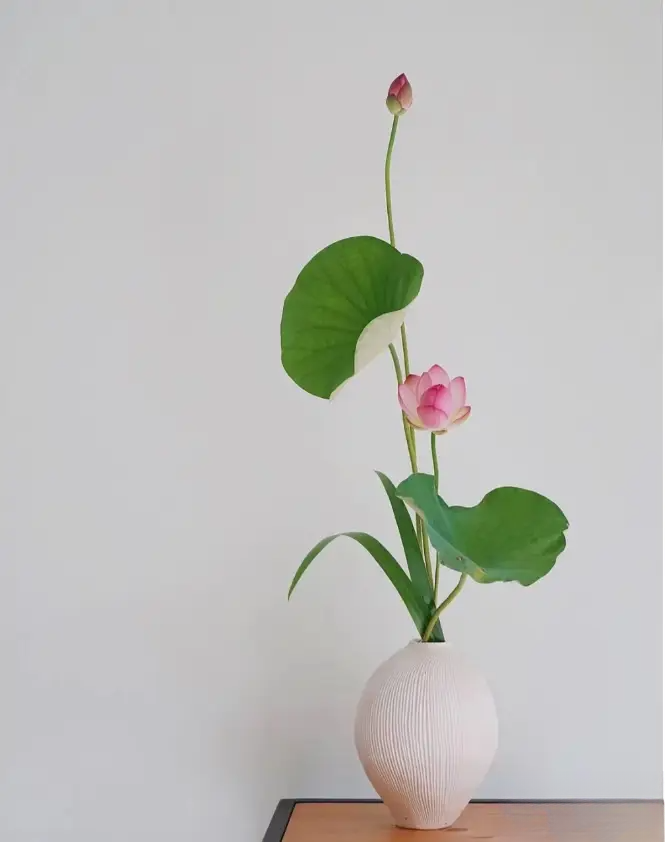
Four major characteristics of Chinese flower arrangement:
1. Use asymmetrical natural composition to pursue the beauty of plant lines
Chinese flower arrangement is mainly about the beauty of lines and natural postures. The main layout flower patterns are upright, straight up, inclined, flat, and drooping. Based on these four basic forms, Chinese flower arrangement has derived a variety of unique asymmetrical natural composition forms.
Moreover, its structure is also uneven, which looks very staggered, and the upper and lower parts will echo each other, making the flower arrangement more elegant. Chinese flower arrangement does not have a very obvious central axis, but the branches and flowers are relatively harmonious.
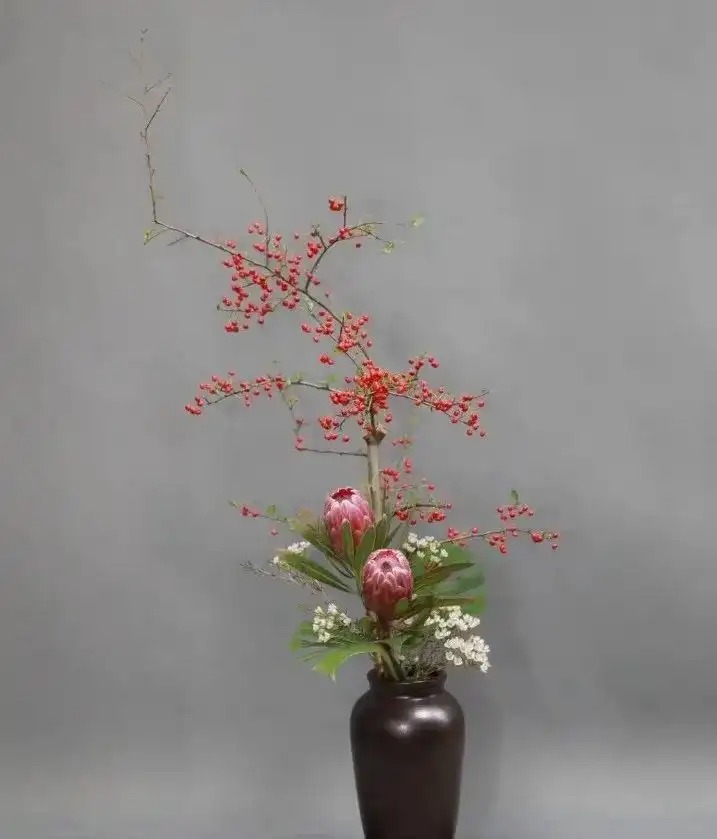
2. Emphasize the meaning and emotional sustenance of flowers
Since ancient times, people have associated flowers with different emotions and concepts: the nobility of peony "only peony is the true national color", the seclusion of chrysanthemum "leisurely seen in the Nanshan Mountains", the lotus "growing out of the mud without being stained", the purity of plum blossom "blooming alone in the cold"... Therefore, Chinese flower arrangement will also emphasize the different meanings of these flowers, and combine them for creation.
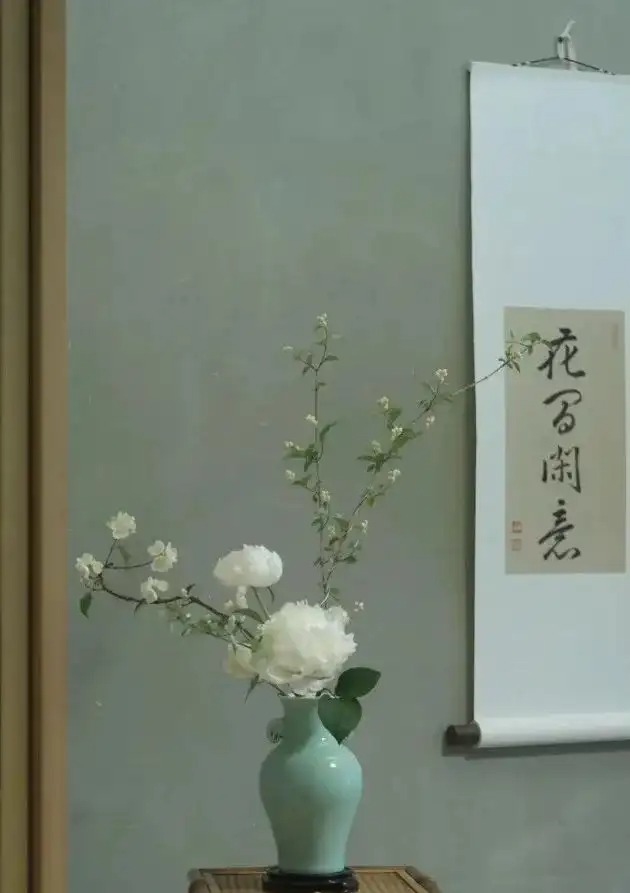
3. Adapt to the surrounding environment and focus on the unity of man and nature
"Harmony between man and nature" is an important concept in traditional thinking, and it is also reflected in the art of flower arrangement. Therefore, Chinese flower arrangement attaches great importance to maintaining the natural beauty of flowers in shape and color, and also pays attention to the harmonious unity of flower arrangement and the surrounding environment.
In the process of flower arrangement, we will consider "naturally" integrating the flower arrangement with the surrounding scene to create an art with overall beauty.
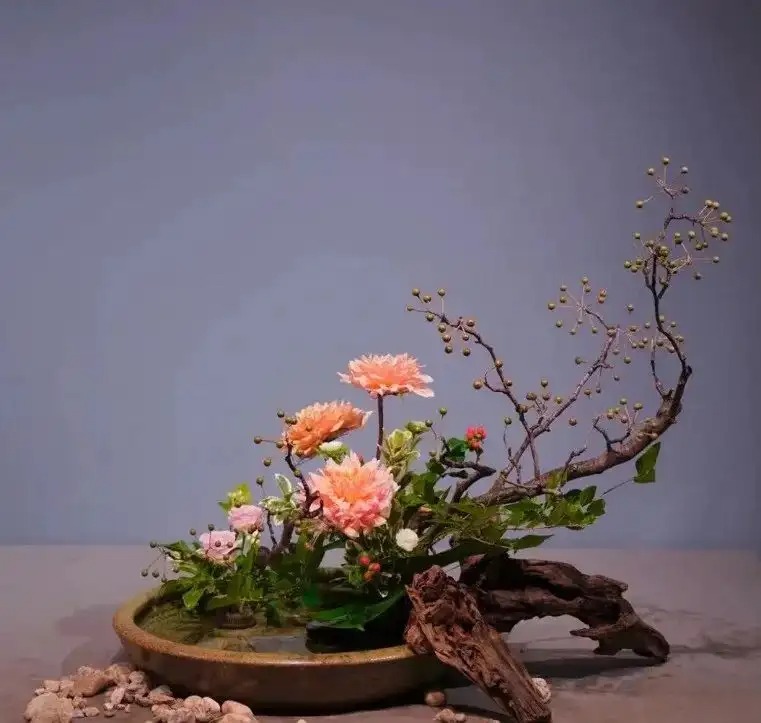
4. Be subtle and natural, and pay attention to the beauty of artistic conception
Just like traditional Chinese painting, calligraphy and other arts, Chinese flower arrangement also focuses on "white space" and "artistic conception", which is not as "passionate" as Western flower arrangement, but rather subtle. Rather than straightforward appeal, it pays more attention to the meaning contained in the work and the artistic conception created.
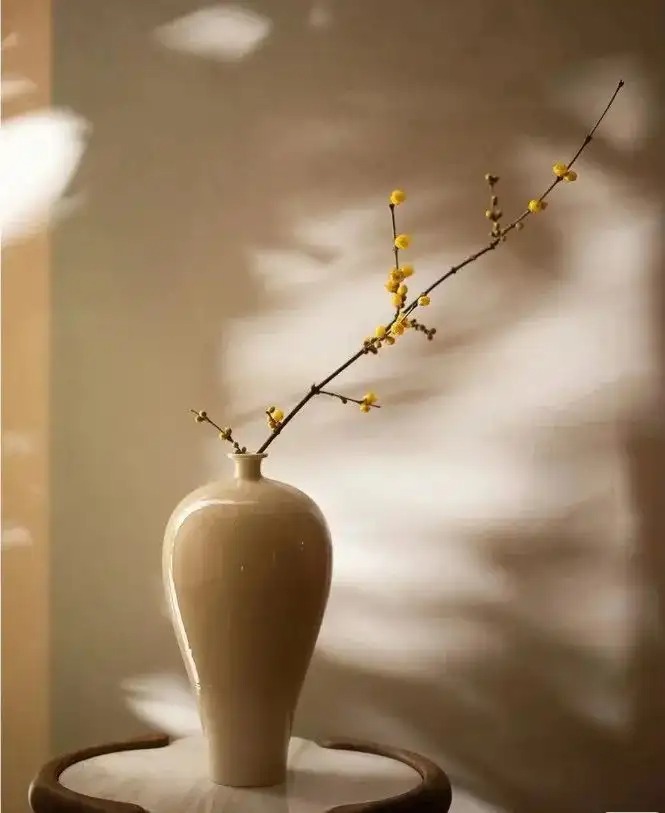
Six major flower types in Chinese flower arrangement:
The basic shape of Chinese flower arrangement is mainly presented by three main branches, and different charms are constructed by changing the upper and lower positions and angles. The composition layout pays attention to the staggered height and adopts an asymmetrical composition form.
The basic forms are usually divided into 6 types: upright, inclined, flat, flat, inverted, and comprehensive. Regardless of the form, harmonious proportions are an essential factor in flower arrangement composition.
01. Upright type
It makes the branches upright, majestic, magnificent, peaceful, rational, etc. It is generally used in proper or solemn occasions. It is like a standing soldier, upright and active.
For upright works, attention should be paid to making the branches and branches have obvious changes in height, distinct layers, and an overall visual feeling of dispersion above and gathering below.
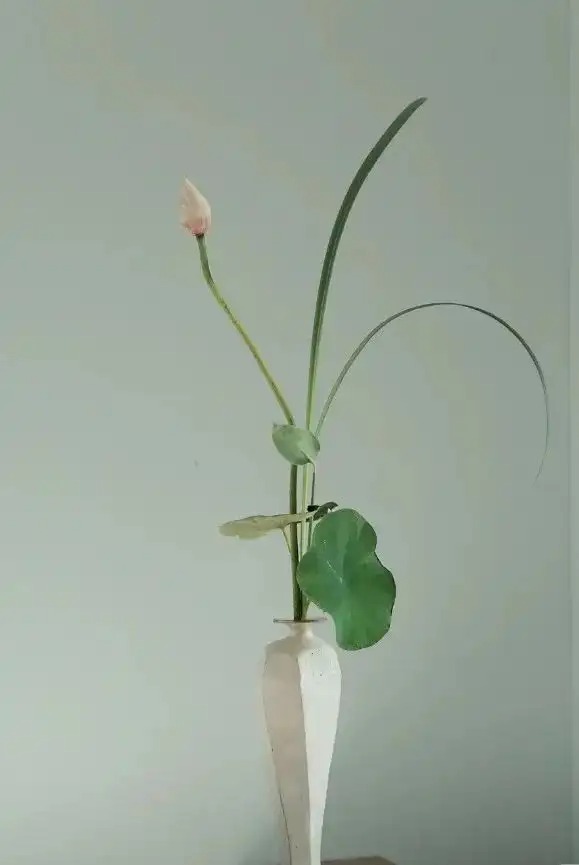
02 Tilt type
The branches are tilted out to give a feeling of visiting. Its design and form are balanced, and it contains the qualities of harmony, tenderness, leisure, cuteness and beauty, giving people a sense of comfort. It is generally used in the living room or daily life.
In inclined works, we should pay attention to making the branches higher than the main branches, so that the main branches have a feeling of returning to the center.
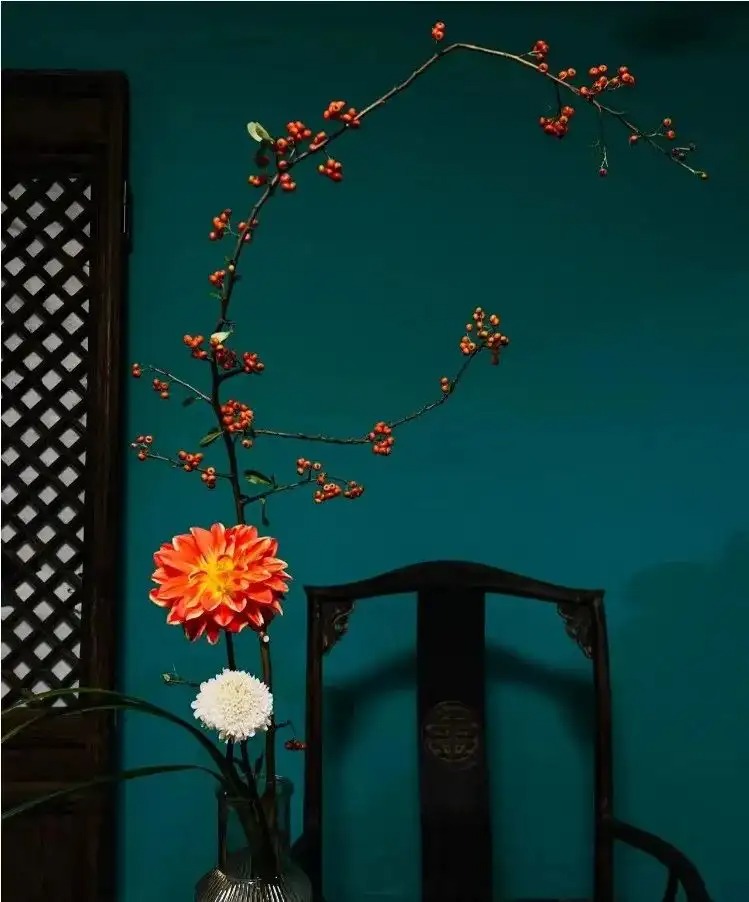
03 Flat type
It is more free and easy, with lines that have a strong sense of movement, a bold and rotating aesthetic consciousness, and a very strong personality or dynamics. It is often used in special occasions such as exhibitions.
Make the branches tilt at 60-90 degrees and the branch breaking point at about 10 cm. Be careful not to make it too high.
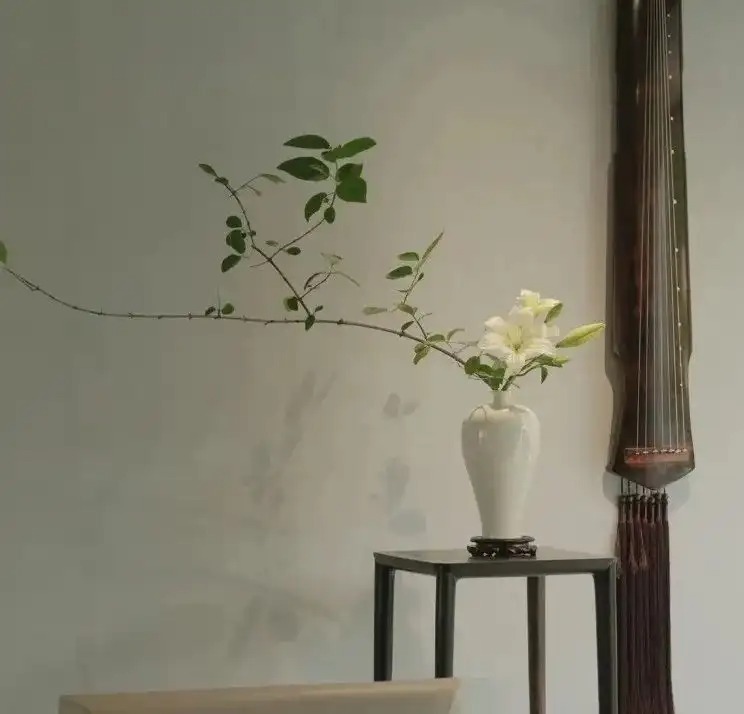
04 Flat type
The branches and leaves are attached to the ground or water, and its characteristic is to express the second dimension, just like leaning over to look at the water lilies floating in the lotus pond.
There are two main bodies, the main plant and the secondary plant. There should be a strong contrast between the main plant and the secondary plant. It is best to use different materials to change the lines of the main plant and the secondary plant for better effect.
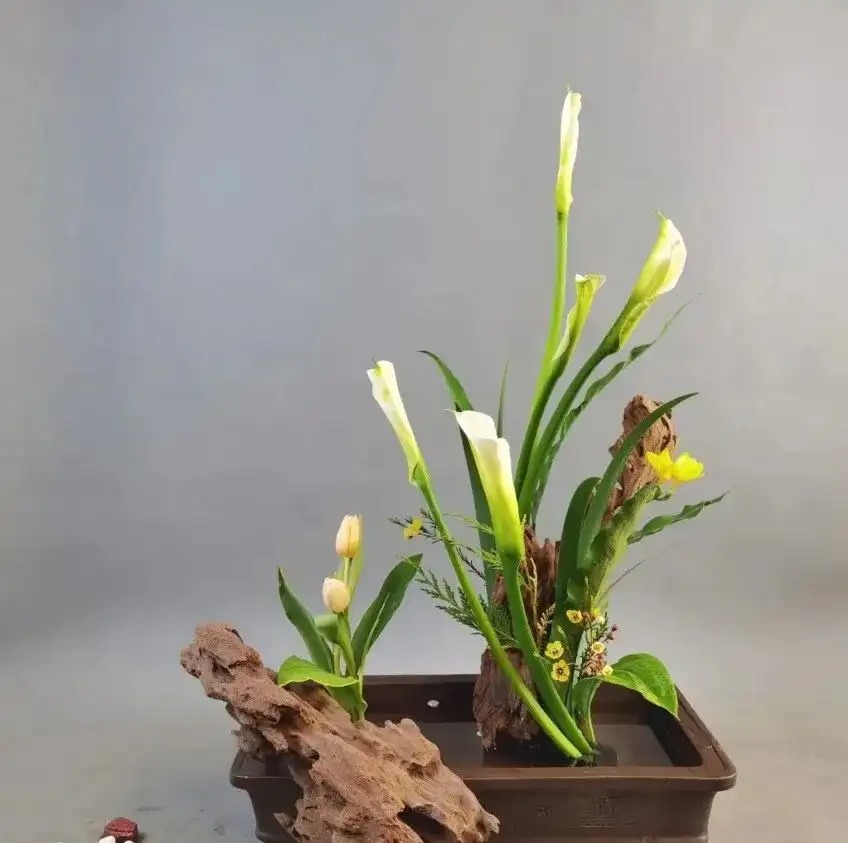
05 Inverted type
The branches are slanted and lower than the mouth of the vase, looking down from above. They are more flexible than the flat ones, and have the characteristics of wandering, testing, exploring, and adventurous. They are often used for wall hangings or special shapes.
The branches of hanging flowers should be bent or have good toughness. The flowers should be simple, paying attention to the front and back space, and the top, middle and bottom three-scene effects.
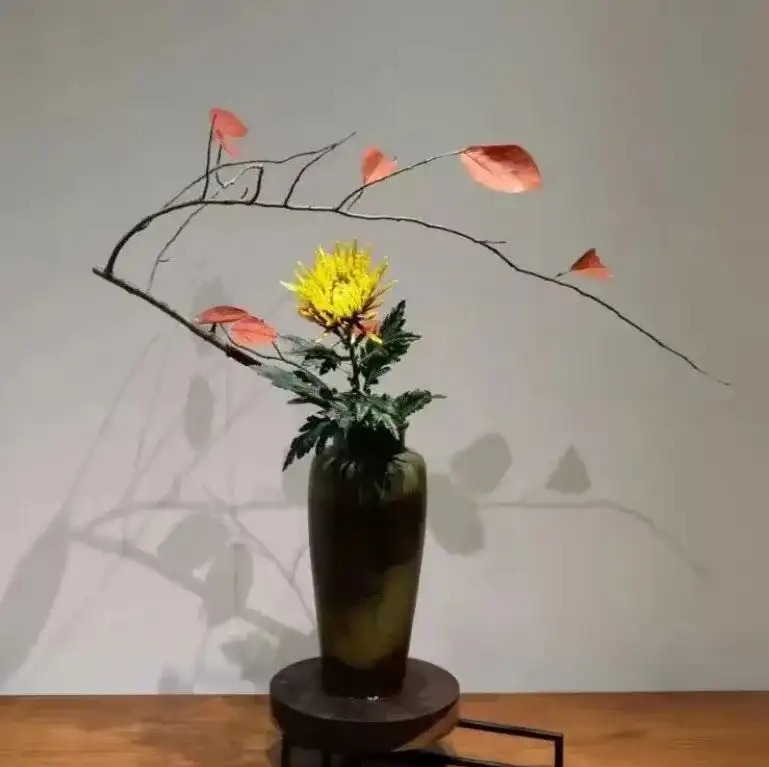
06 Comprehensive
By changing and comprehensively utilizing various types, integrating and matching single flower types, the beauty of order and space is re-regulated.
Classical flower arrangement has a long history, originating from a kind of awe of nature. From the Spring and Autumn Period and the Warring States Period to the middle of the Qing Dynasty, it has been passed down for thousands of years. The ancients believed that plants are the medium between heaven and earth, and a kind of understanding of life. The process of flower arrangement can also cultivate the mind and cultivate the nature, externalizing it in form and internalizing it in the heart!
From conception, composition, color to meaning, it is an interpretation of tradition. Only in this way can the flower-serving works have humanistic emotions and charm, and life is extended and integrated here.
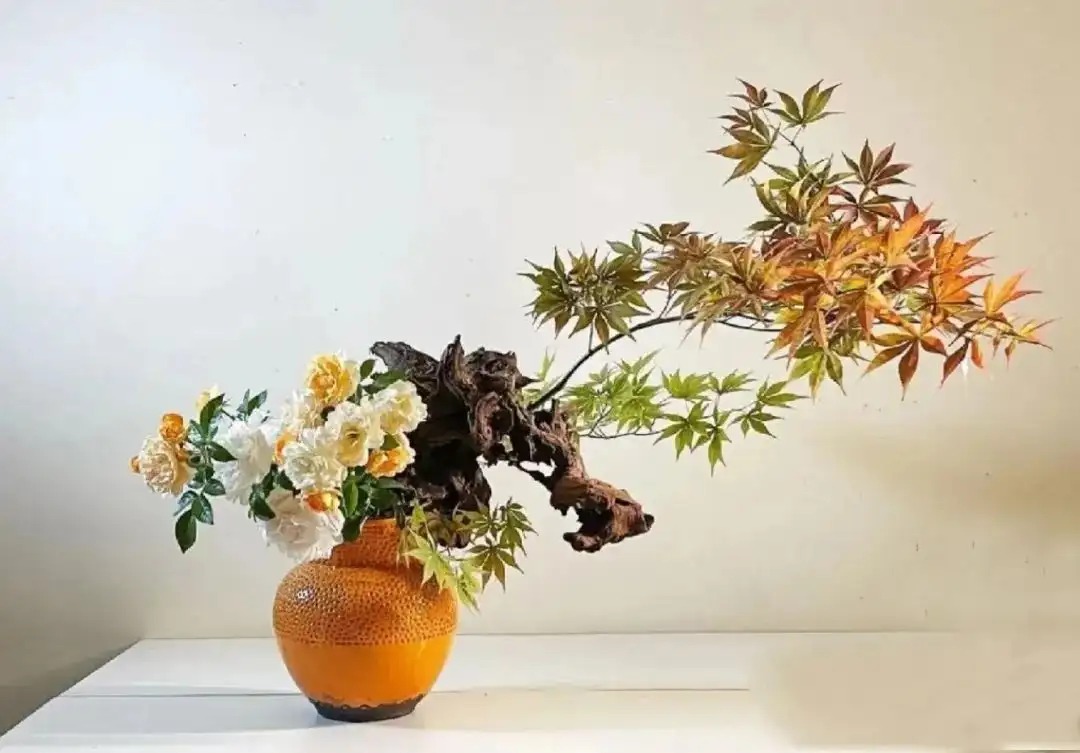
·END·